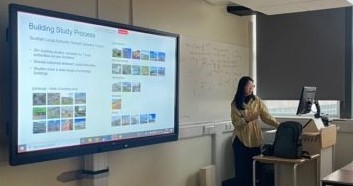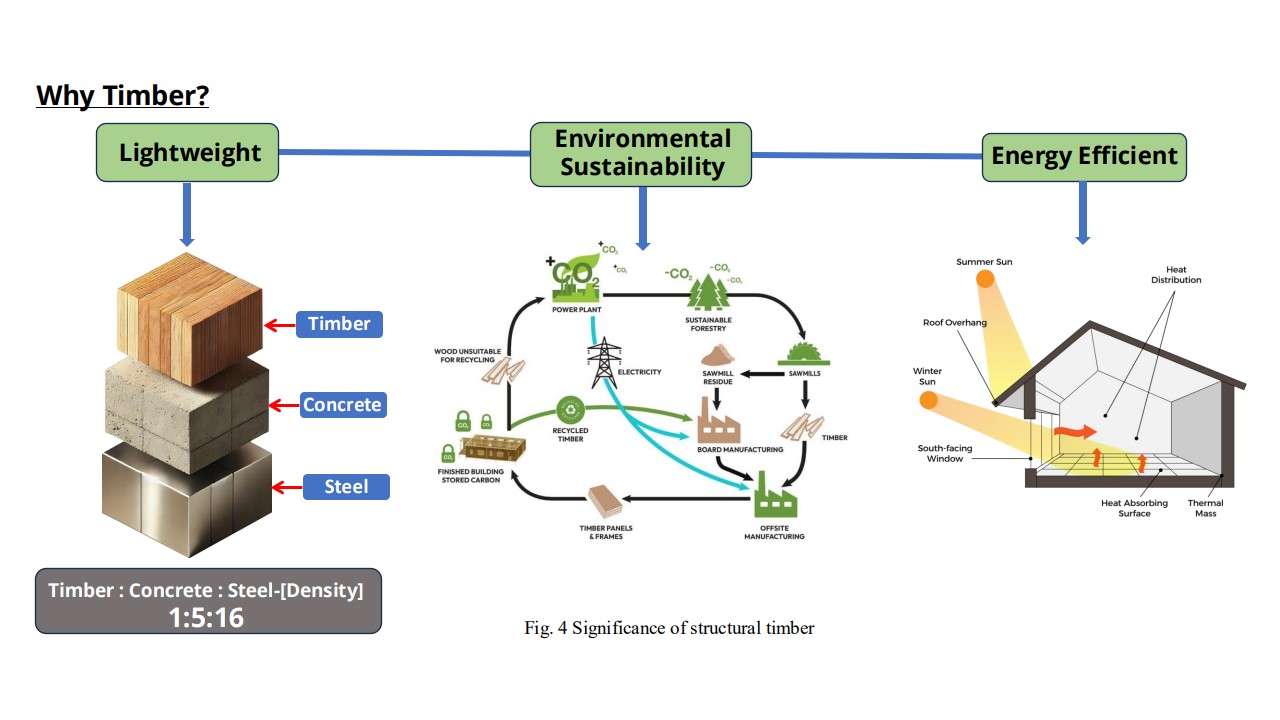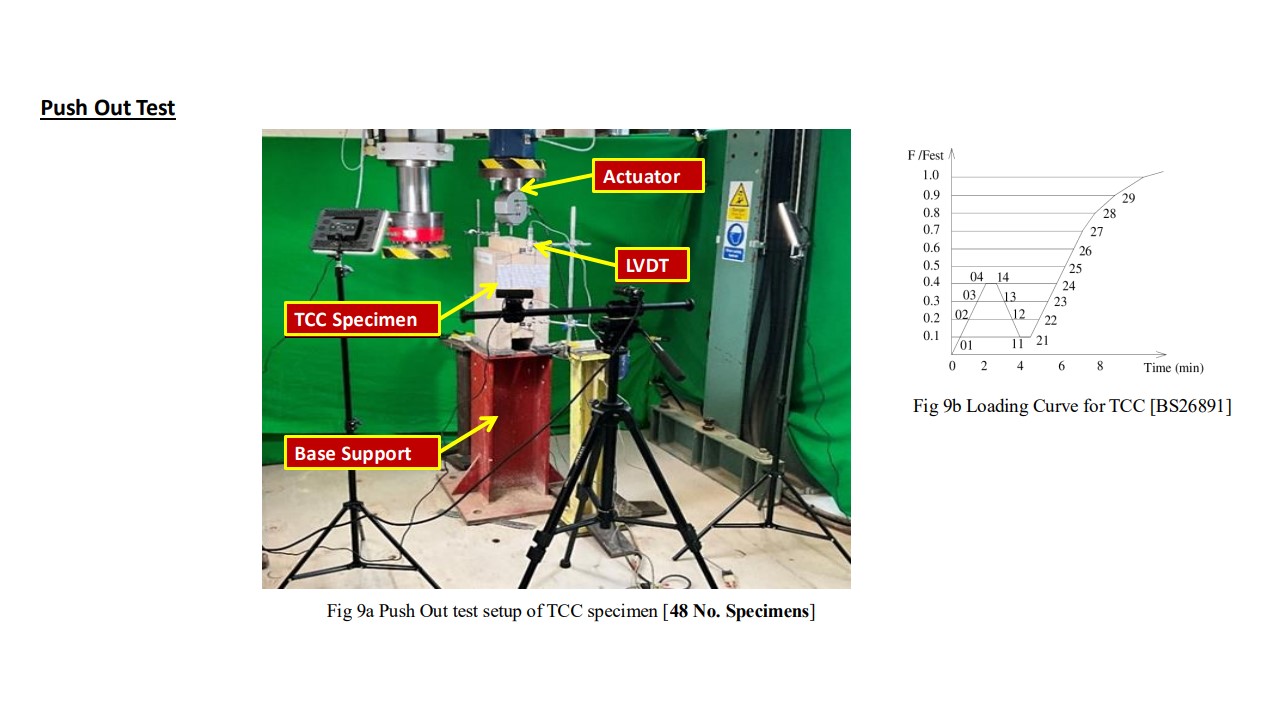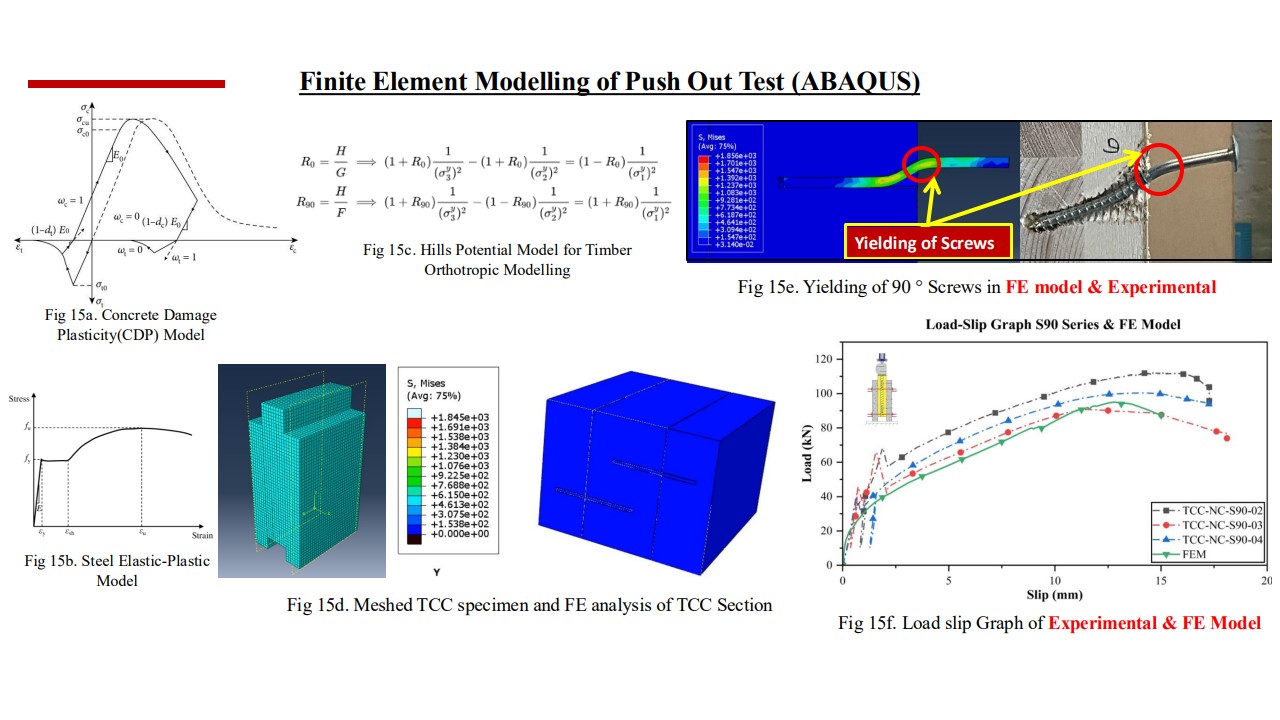On Wednesday the 4th of December 2024, our bimonthly CEDAR meeting took place in E17, on the Edinburgh Napier University Merchiston campus and simultaneously on Teams.
Two following presentations were delivered to our CEDAR members:
1 – Designing for Past, Present and Future, by Janice Lau, Architect & Passivhaus Designer – Architype.
Shaping a Sustainable Future through Retrofit
Janice, Architect and Passivhaus Designer at Architype, presented an insightful session on the importance of retrofitting for a sustainable built environment. With 40% of the UK’s energy used to heat existing buildings and 80% of 2050’s buildings already standing today, Janice shared how practical interventions can significantly reduce carbon emissions and improve energy efficiency.
Key Numbers
Janice highlighted key statistics that underscore the urgency of retrofit:

To meet Scotland’s 2045 Net Zero targets, we need to transform our built environment. Retrofitting is one of the most impactful ways to address these challenges.
Practical Retrofit Solutions

Janice discussed retrofitting as a bridge between “business as usual” and fully certified EnerPHit standards. Measures such as:
- Improved thermal performance and airtightness,
- High-performing glazing,
- Mechanical ventilation systems,
can reduce whole-life carbon emissions by up to 80%, balancing energy savings and cost-effectiveness.
Data-Driven Decisions for Local Authorities

Over the past years, 30+ building studies have been conducted across Scotland for seven local authorities, targeting nurseries, primary schools, and other archetypes.
Key findings include:
- A 58% reduction in heating demand through balanced interventions.
- An 85% reduction is achievable with EnerPHit measures.
These studies demonstrate that fabric improvements simplify servicing while reducing operational carbon and energy demand on the grid.
People-Centric Design: At the Heart of Retrofit

Janice emphasized that successful retrofitting goes beyond data. It requires a people-focused approach that integrates science, art, and psychology to connect communities and foster a sense of culture and care. By prioritizing interdisciplinary design, retrofits can create meaningful, sustainable change.
Conclusion
Janice’s presentation underscored the importance of retrofitting as a practical solution to address climate targets, improve energy efficiency, and connect people with their built environment.
#Sustainability #Retrofit #NetZero #EnergyEfficiency #Passivhaus #PeopleCentricDesign





